The year 2025 was shared by Mr. Nguyen Van Khoa, Chairman of the Vietnam Software and IT Services Association (VINASA) at the AI360 Artificial Intelligence Forum as "The Year of Business Value" for artificial intelligence, a huge step forward from the stage of just pilot projects.
AI is no longer a distant future concept, but has become the new energy for the global economy , similar to electricity or the Internet in the last century. Notably, Vietnam is receiving hundreds of millions of dollars in investments in AI data centers from many international companies.
At the workshop “Dual energy transition for green and sustainable development” held on October 10, Associate Professor, Dr. Dang Tran Tho - Director of the Institute of Energy Technology ( Hanoi University of Science and Technology) - emphasized that energy is the “lifeblood of the economy”.
And the “new energy” for AI is literally creating a thirst for physical energy, posing a national strategic problem.
The pressing question now is no longer “how to solve the problem”, but “what problem should we solve and how to measure the real value we create and deliver”.

VNPT data center at Hoa Lac High-Tech Park (Photo: VNPT).
To answer the question of value, according to experts, we must address the question of energy.
The AI revolution is not powered by invisible lines of code; it is powered by a massive physical infrastructure of data centers with enormous computing power. And these centers have an insatiable thirst for energy, not only in Vietnam but globally.
This is not just a technical challenge, but a strategic problem, forcing us to face an undeniable truth: The future of AI in Vietnam depends entirely on the future of the energy industry.
In that context, the "dual energy transition" - a shift in both energy structure and technology and governance methods - is no longer an option, but a mandatory action for Vietnam to realize its aspiration to become a regional digital hub.
The inevitable AI wave
According to Mr. Nguyen Khac Lich - Director of the Department of Digital Technology Industry (Ministry of Science and Technology), Vietnam has been affirming its increasingly high position on the global AI map. Currently, our country ranks 59/193 countries and is in the Top 5 ASEAN in terms of AI readiness index, surpassing the global average for three consecutive years (according to the Global AI Readiness Index Report 2024 by Oxford Insights). This statement was made at the AI360 event organized by VINASA.
In particular, social trust is growing strongly, with Vietnam ranking 3rd globally in terms of trust in AI and 5th in terms of acceptance of this technology.
"The Government is taking drastic action by identifying AI as a 'pillar of the national digital technology industry', actively updating the National Strategy on AI and preparing to submit a draft Law on Artificial Intelligence," said Mr. Nguyen Khac Lich.
The vision is to create a “national intellectual infrastructure” where education is personalized, healthcare is preventative, and cities operate on real-time data.
This great ambition is being materialized through data centers, investment capital into domestic AI enterprises has accelerated strongly, increasing 8 times in just one year, from 10 million USD in 2023 to 80 million USD in 2024 - according to Mr. Nguyen Khac Lich.
Partly explaining this boom, Mr. Vladimir Kangin, CEO of IPTP Network, shared with Dan Tri reporter: "The policy of the Vietnamese Government, especially the regulation requiring the storage of personal data domestically, has created an unprecedented surge in demand in the market."
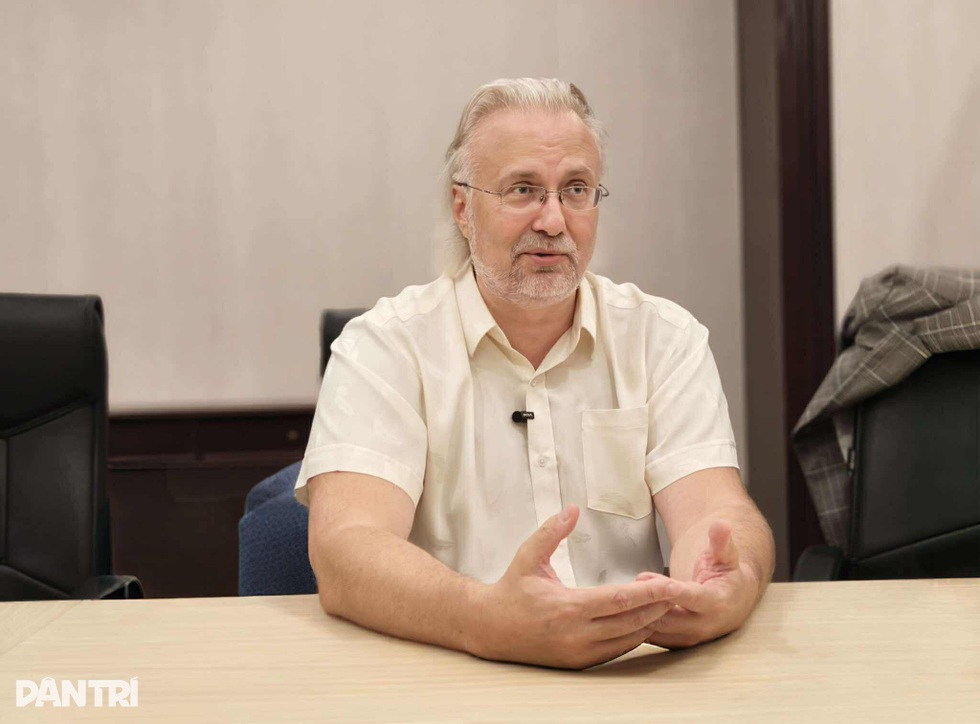
Mr. Vladimir Kangin, CEO of IPTP Network, talks to reporters.
"When I talked to Vietnamese suppliers like Viettel, VNPT, FPT, they did not hesitate to share how much it costs to build a data center, showing that the need is very urgent," he said.
However, to meet the AI wave, it is not possible to simply replicate traditional data centers. Mr. Vladimir Kangin pointed out a core technical difference and most data centers in Vietnam cannot meet the requirements of advanced AI.
According to Vladimir, a real AI data center, built to modern standards like Nvidia's, requires completely different standards such as:
Power Usage Effectiveness (PUE): AI equipment generates a huge amount of heat. Traditional data centers with air-cooled systems typically have a PUE of 1.5 or 1.6. This means that for every 1 kilowatt of power used for the processor (GPU), another 0.5-0.6 kilowatts are needed just for cooling.
"This is a huge waste of energy. Meanwhile, a standard AI data center must use direct liquid cooling technology to achieve PUE below 1.2, which means only spending a maximum of 20% of the energy on cooling. This 40% difference in efficiency is a vital factor in terms of cost, determining the competitiveness of the business," said the CEO of IPTP Network.
Physical space requirements: The ceiling height of an AI data center must be 7 meters, while conventional centers only need 3 meters. This height is required to accommodate cabling, 2.5-3 meter high racks and most importantly, to ensure proper airflow.
Technical analysis by Mr. Vladimir Kangin shows that to keep up with the AI race, Vietnam needs not only to build more, but also to build a completely new generation of infrastructure, and they require a stable energy supply, more than ever.
"Vietnam will need at least 20 AI-focused data centers in the next 10 years," Mr. Vladimir predicted.
“Thirst” is the driving force for Vietnam's development
The growth of AI data centers poses a direct challenge to national energy security.
Associate Professor Dr. Nguyen Viet Dung (Vietnam Refrigeration Science and Technology Association) in his speech at the Scientific Conference of the Institute of Energy Technology on October 10 gave an alarming figure: if in 2016, the cooling sector accounted for about 17% of total global electricity consumption, then by 2030, this figure is expected to increase to more than 30%.
The main drivers for this increase, he said, are AI technology, cloud computing and the Internet of Things (IoT), leading to an explosion in data centers.

Viettel data center at Hoa Lac Hi-Tech Park (Photo: Viettel).
Obviously, this pressure is being put on an already “stressed” power system. Also at the above workshop, Mr. Nguyen Huu Hung, Deputy Head of Technical Department of Vietnam Oil and Gas Power Corporation (PV Power) said that for thermal power plants, fuel costs account for more than 80% of production costs.
This shows how sensitive the national electricity system is to any sudden increase in demand and input costs.
How can Vietnam power dozens of AI data centers without going against Vietnam’s commitment to achieving Net Zero by 2050 made at COP26?
This is the core question that Resolution 70 on ensuring national energy security must face and address, and we cannot continue to follow the path of "growth first, processing later".
The next challenge lies in planning. Currently, Vietnam's data infrastructure is overly concentrated in two economic locomotives: Hanoi (Hoa Lac area) - where Viettel and VNPT's data centers are located, and Ho Chi Minh City (Tan Thuan area) - where CMC and FPT Group's data centers are located; this concentration creates points of risk.
Mr. Vladimir Kangin pointed out that if the Hoa Lac or Tan Thuan areas were disrupted, national data would be significantly paralyzed.
Managing this “thirst” requires a new mindset and, according to experts, we need to optimize every “drop” of energy. But to solve the problem at the national level, more groundbreaking macro solutions are needed.
Energy transfer
AI’s thirst for energy is not a dead end. On the contrary, it is the strongest catalyst for Vietnam to carry out an energy revolution. This is the time for the “dual energy transition” strategy to move from paper to practice.
Smart Decentralization and Connectivity
Instead of continuing to concentrate infrastructure in two major centers, a decentralized national planning strategy is urgently needed.
Proposing a solution, CEO of IPTP Network said that we need to build a network of data centers along the length of the country, with one data center every 100km.
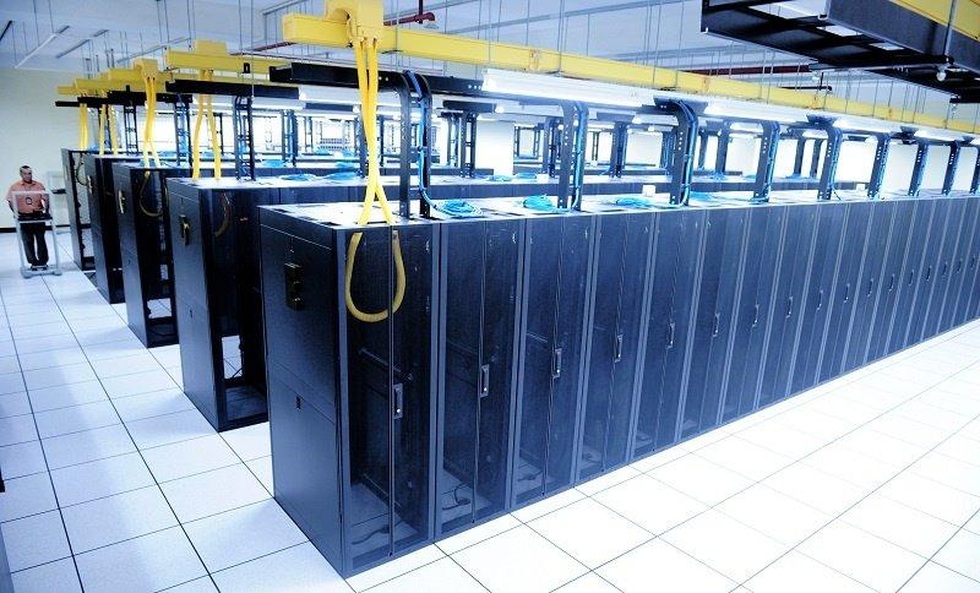
Cooling racks in data centers is consuming a lot of energy (Illustration: IDC).
This vision helps minimize risk, optimize latency, and bring computing power closer to end users across the country.
To make this vision a reality, he proposes two groundbreaking policy solutions:
Exploiting shared infrastructure : Electricity, railway or high-speed train companies (Vietnam is aiming to deploy) all have their own fiber optic cable systems to control operations and in them there are many "spare optical fibers".
The government should separate these assets from their original use and allow commercial companies to exploit them. This will effectively solve the problem of connecting the decentralized network, overcoming the situation that "domestic backbone cables are very expensive, sometimes more expensive than international cables".
Power planning goes a step further: The government needs to “designate special zones for large data centers, and plan new power generation systems: including nuclear power right in those areas. This will reduce the huge cost of electricity transmission.
Renewable energy and the "heart" of storage
The foundation of the future energy system must be renewable energy. However, solar and wind energy are inherently unstable. The solution, according to Dr. Pham Tung Duong from the Institute of Energy Technology, lies in energy storage technology, especially battery energy storage systems (BESS).
The core idea of BESS is to create a “really big battery that we charge at night and we discharge during the day.
This not only helps "flatten" the load curve, reducing the need to build power plants just to serve peak hours, but also performs other important functions such as "balancing the grid and balancing the frequency".
What’s revolutionary is that the technology is not far away. Dr. Duong points out that thanks to breakthroughs in mass production in China, BESS prices have dropped dramatically, from $800/kWh in 2013 to just $115/kWh in 2024.
With this cost, "businesses calculate that it will take about 2.5 to 3 years to pay back the investment, while their batteries have a 10-year warranty." The scale of modern BESS systems is also impressive.
Mr. Duong said that VinES has been able to integrate 6MWh of electricity into a 40-foot container, enough to provide electricity for "600 households a day of comfortable use." This is an extremely attractive and economically feasible investment option.
The “AI energy thirst” is not a scary risk, but a historic opportunity, an unbeatable motivation for Vietnam to make a great energy leap. It forces us to rethink the entire way of planning, producing and managing energy.
Mr. Nguyen Khac Lich affirmed: "To develop AI, we must create a market for AI." Similarly, if we want AI to take off, Vietnam must create an energy infrastructure capable of supporting it.
By proactively creating a green, smart and sustainable energy ecosystem, Vietnam can not only satisfy its "thirst" for AI but also build a solid foundation for the future.
Source: https://dantri.com.vn/cong-nghe/chat-xuc-tac-de-viet-nam-nhay-vot-ve-nang-luong-20251014181235659.htm


![[Photo] Many dykes in Bac Ninh were eroded after the circulation of storm No. 11](https://vphoto.vietnam.vn/thumb/1200x675/vietnam/resource/IMAGE/2025/10/15/1760537802647_1-7384-jpg.webp)
![[Photo] Conference of the Government Party Committee Standing Committee and the National Assembly Party Committee Standing Committee on the 10th Session, 15th National Assembly](https://vphoto.vietnam.vn/thumb/1200x675/vietnam/resource/IMAGE/2025/10/15/1760543205375_dsc-7128-jpg.webp)
![[Photo] General Secretary To Lam attends the 18th Hanoi Party Congress, term 2025-2030](https://vphoto.vietnam.vn/thumb/1200x675/vietnam/resource/IMAGE/2025/10/16/1760581023342_cover-0367-jpg.webp)



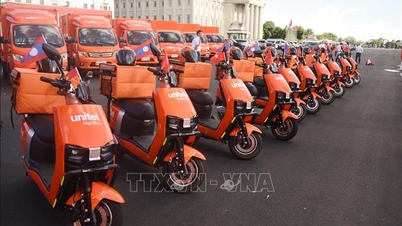

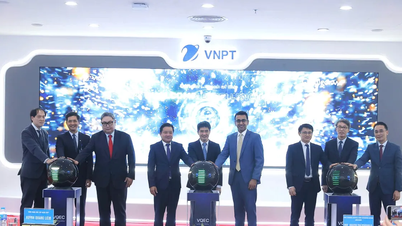







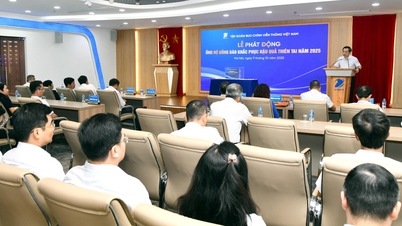





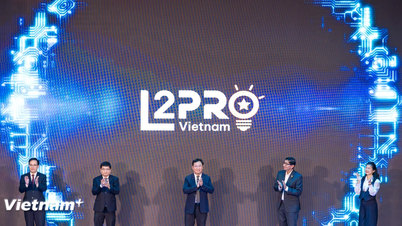







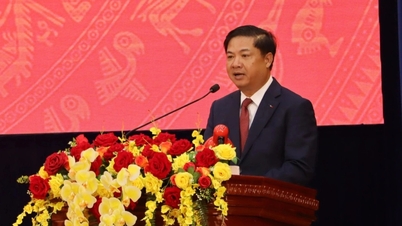










![[Video] TripAdvisor honors many famous attractions of Ninh Binh](https://vphoto.vietnam.vn/thumb/402x226/vietnam/resource/IMAGE/2025/10/16/1760574721908_vinh-danh-ninh-binh-7368-jpg.webp)








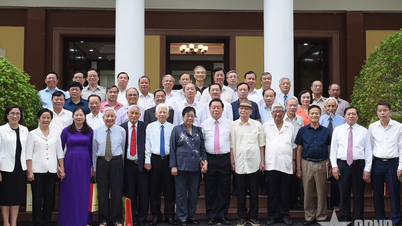


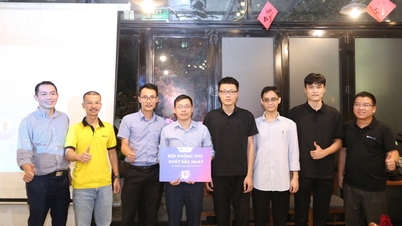

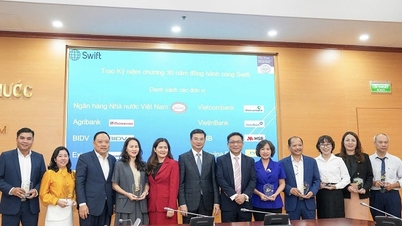

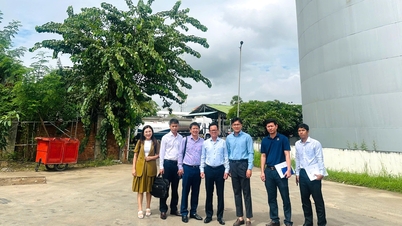









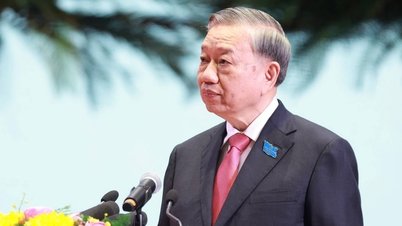

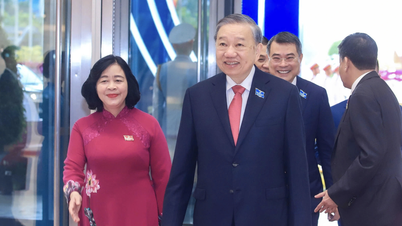
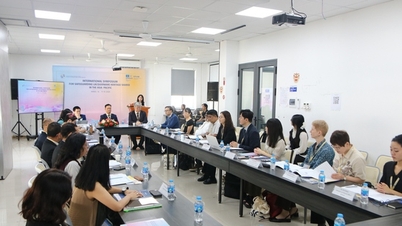

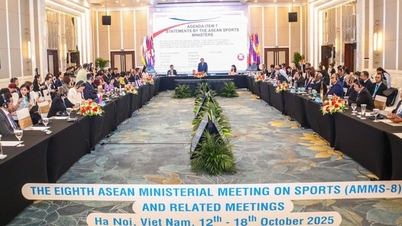




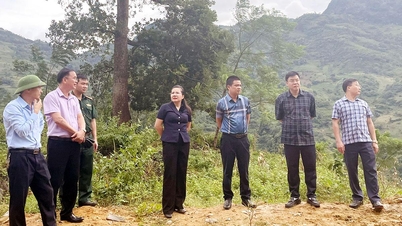





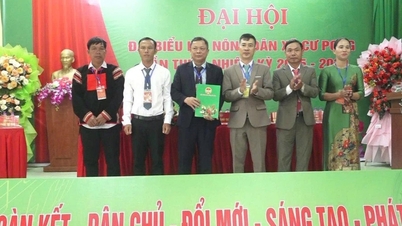

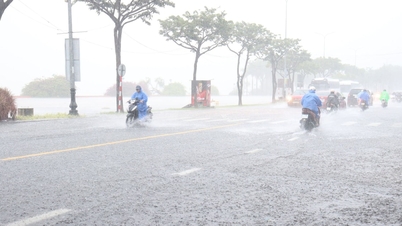


















Comment (0)